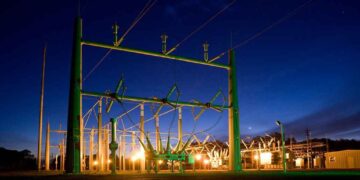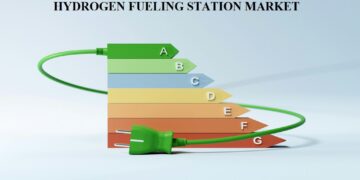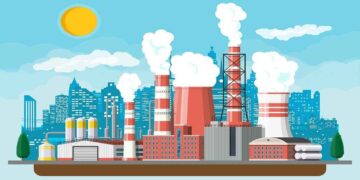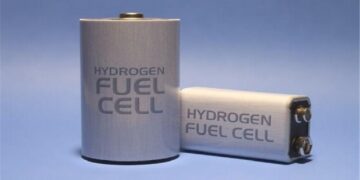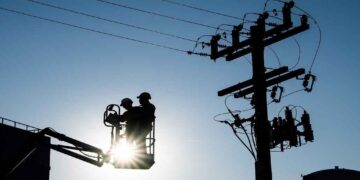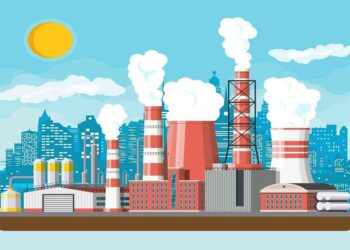The energy supply in Britain has been consistently put to the test in the last several decades. In order to cope with these continuous surges when it comes to demand, the control room engineers have always been there to ensure that the network runs sans any interruptions.
It is well to be noted that the highest recorded surge when it comes to electricity demand to date followed Germany’s win over England in the 1990 World Cup semifinals. Also known as the TV pickup moment, it measured 2800 MW, which can power over 1 million kettles.
And to be honest, it is not just a TV moment that can cause a sudden increase in demand. In 2020, the grid again recorded surges of almost 800 MW as people headed back indoors due to the weekly nationwide Clap for Care to show their support for the NHS staff during the pandemic.
All these kinds of surges are just a few examples of the issues electricity grid in the UK face every day. However, with the changes to how we make use of electricity, is this the grid network we need in order to power our lives tomorrow?
How has our energy supply transitioned?
Up until around the 1960s, coal fulfilled the majority of Britain’s energy needs. There were hundreds of coal mines that fed large greenhouse gas-producing power stations, which pumped electricity within the grid that still supplies homes today.
In the next six decades, Britain’s energy mix has gone through a significant shift. Notably, 2023 was recorded as the cleanest year in the UK when it came to energy generation, with 51% of electricity coming from zero-carbon sources.
This included 6% coming from wind, solar, and hydropower and less than 1% that came from coal. In 2023 itself, the amount of UK electricity that was generated from fossil fuels dipped by 22% YoY, and on 21st December, almost 22 GW of electricity came from the wind farms, which is the highest ever on record.
Why is the demand when it comes to clean energy rising?
The transition from fossil fuels to renewables is a prominent part of the UK’s mission when it comes to meeting its net zero targets. In 2021, the government went on to commit to full decarbonization of the grid by 2035; however, gas-powered power stations still account for almost a sixth of all UK carbon dioxide emissions.
The fact is that electricity is now integral to more parts when it comes to our lives. In a 2023 poll, it was revealed that the average UK home happens to have 13 electrical devices, out of which at least 10 are used on a regular basis. With the shift from gas boilers to electric heat pumps and also an uptake in the electric car segments, the consumption is anticipated to double by 2050.
As renewable sources of energy like offshore wind as well as solar power go on to replace the dependence of the UK on fossil fuels to a significant extent, new infrastructure is indeed needed so as to connect renewable energy from where it was generated to where it is needed across UK homes and businesses.
So how can one make sure that the grids can match the UK’s needs?
In order to meet the rising demand when it comes to clean energy and make sure that the electricity grid in the UK offers services to the right place at the right time and at the right price, one has to adapt it well.
Interestingly, the great grid upgrade happens to be the largest overhaul of the electric grid in generations, which is made up of 17 major infrastructure projects across various parts of the country. Fresh or enhanced power lines, underground and underwater cables, substations, and other infrastructure will raise the grid’s capabilities in order to transmit the clean electricity in a more efficient way throughout the country, and at the same time, also connect the grid to the new solar and wind farms.
Giant sea-connected cables, which go on to link the UK with its neighbors throughout the channel and also the North Sea, are indeed making it very seamless to trade electricity in order to get the best supply as well as price. They already have inter-connectors in place that link the UK to France, Belgium, Denmark, Norway, and the Netherlands, and every year they happen to power millions of homes. By the end of the decade, almost 90% of the energy that will be imported by the interconnectors will come from zero-carbon energy sources.
Creating this new electricity transmission infrastructure is also anticipated to bring in almost 130,000 new jobs, right from engineers and surveyors to apprentices as well as construction specialists. This job creation will not be only limited to the electricity transmission infrastructure but will also cater to sectors like solar and wind along with electric vehicle and heat pump markets.
As households and also businesses adopt these new technologies, one will be better placed as a nation in order to achieve net zero by 2050 and also limit the effects of greenhouse gases on the earth’s climate.
Making use of cheaper and cleaner domestic sources of energy in order to replace costly imported fossil fuels is also going to help prevent energy price hikes that result from geopolitical shocks.
The way in which electricity happens to be used in the UK is changing at a rapid speed, and that too consistently. The spikes when it comes to energy use don’t happen to be confined to just when all make use of kettles or when all get stuck to a TV programme. Blend them with the work towards attaining the energy goals; things are never going to stand still for the electricity grid in the UK.











